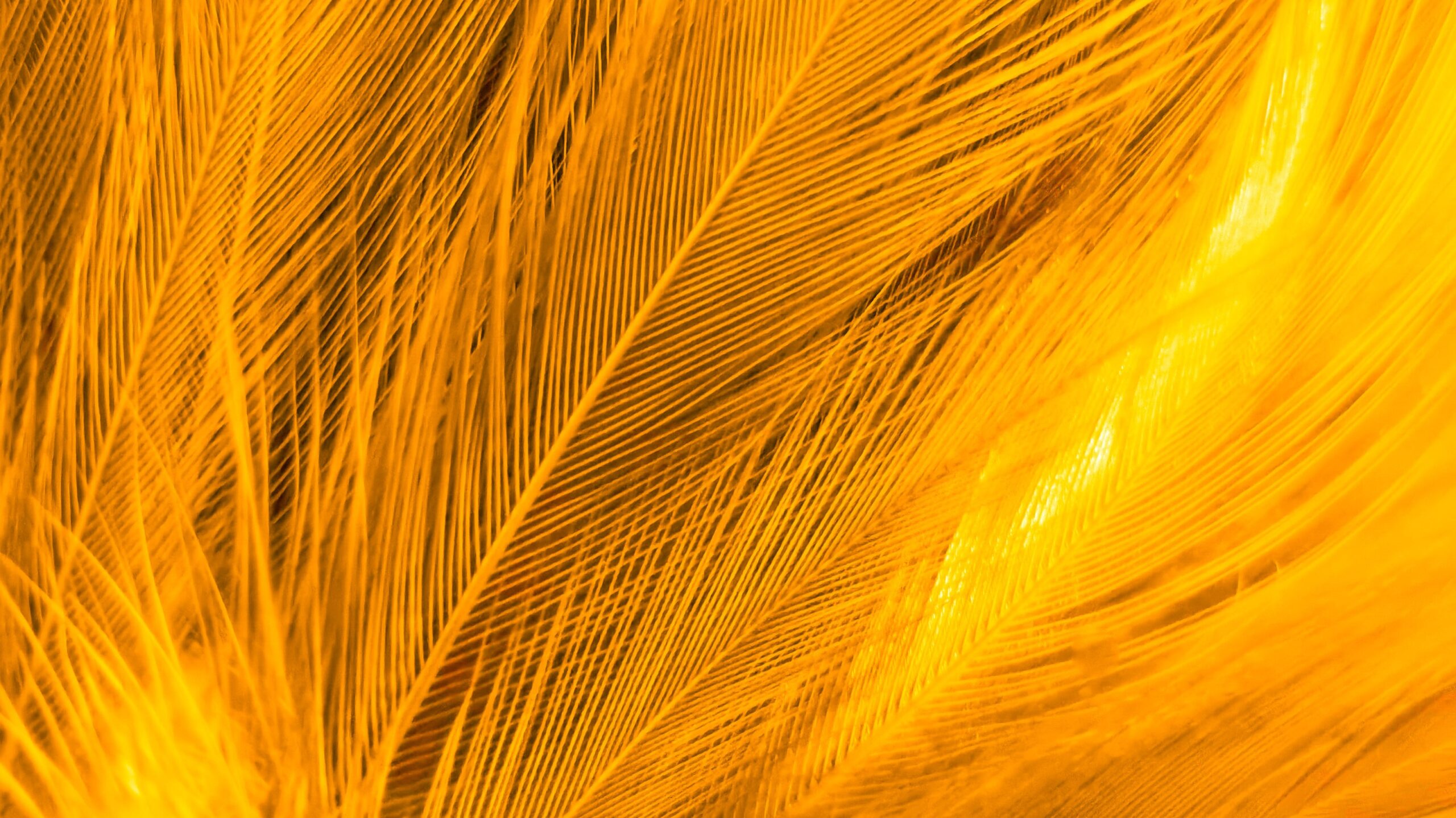16/10/2024
The exploitation of animals for fashion is, ironically, becoming un-fashionable. In place of animal textiles, faux materials are having an increasing presence in the fashion market. Unfortunately, these faux materials are often made from plastics, which are extremely problematic for the environment.
So, is there another option? Can we look good, love animals, and care for our planet?
The answer is yes!
Innovative new technologies are enabling sustainable faux materials to shape the fashion industry and reach consumers.
Intellectual property (IP) already plays an important role in the fashion industry. As discussed in our previous blog, trademarks and design rights are the most popular form of IP used by the industry. However, patents are also a powerful tool for the protection of creative and sustainable material alternatives.
Fur and feathers are amongst fashion styles known for their faux alternatives. Fur and feather industries are therefore important forerunners when it comes to sustainable faux solutions. This blog outlines the history of fur and feather garments, the ethical and environmental concerns associated with fur and feathers, and several sustainable faux alternatives.
Fur alternatives
The use of fur clothing predates written history. Throughout history, fur has been a style marker of status and remains a popular fashion-house staple today. Animal fur is, however, ethically controversial which has led to the US state of California banning fur sales in 2023 and the British Fashion Council formally banning fur at the 2024 London Fashion Week. Faux fur is therefore becoming more widespread. Unfortunately, faux fur is traditionally made from fossil fuels, is non-biodegradable and is toxic to the environment.
There is consequently a need for fur alternatives that are sustainably sourced. Sustainable fur alternatives have already been designed using a range of materials such as:
- Corn
- Hemp
- Jeans
- Plastic bottles
- Wood
Several companies and high profile designers are incorporating these sustainable alternatives into their fashion ranges.
Ecopel, a global faux fur manufacturer, have committed to improving the sustainability of their faux fur products. Biobased faux fur KOBA® uses a mix of corn-based fibre Sorona® and recycled polymer fibres from post-consumer plastic bottles. Sorona® is a patented technology derived from the biofuel industry, created by Dupont and co-developed with Stella McCartney.
DevoHome, a Ukrainian based producer of hemp textiles, has created a plant-based hemp fur which is biodegradable and has antibacterial/antifungal properties.
Designer Tiziano Guardini has pushed the definition of ‘sustainable fur alternatives’ by using denim fur in his collections. Tiziano uses strips of used denim to create a fur like design.
Lenzing, an Austrian-founded wood fibre producer, have developed a textile called TENCEL™ which comprises fibres from regenerated cellulosic materials derived from certified wood sources.
Down alternatives
The down jacket was first patented in 1940 by Eddie Bauer. After experiencing hypothermia on a fishing trip, Eddie invented a jacket using down (bird feathers) with outstanding warmth and lightweight properties. In 1944, Eddie’s wife, Stine, insisted on him patenting the first women’s specific down jacket. Women are at the forefront of the down jacket story as, during World War II, Marie Crabos designed and produced the first “solidarity” down jackets. These jackets had a humanitarian aim: to protect the Landes prisoners of war in the village of Saint-Sever from the cold. Since the 1940s an industry of down clothing has erupted, firstly for utility and now also for fashion.
Despite the obvious advantages of down, serious concerns have arisen relating to animal welfare and environmental impacts. Birds are often live picked for their feathers and factory farmed in harmful and painful conditions. Furthermore, factory farming causes high levels of nutrient run-off leading to eutrophication, algae growth, and dead zones in bodies of water having a reduced level of oxygen.
Fortunately, new and inventive technologies are paving the way towards sustainable down alternatives that are ethical and environmentally conscious.
Down alternatives and temperature regulating clothing has been designed using a range of materials such as:
- Coconut-derived activated carbon
- Recycled plastics
- Volcanic minerals
- Wildflowers
One of the most influential companies in the sustainable down market is Pangaia. Pangaia has two down alternative products, FLWRDOWN™ and FLWRFILL™ which are made using combinations of wildflowers, biopolymers, and a patented aerogel (EP3307937). Wildflowers are grown without pesticides or artificial irrigation, support habitat conservation and are hand-picked. Pangaia is committed to innovating sustainable clothing alternatives through their material science innovation lab.
PrimaLoft®, a company championing sustainable innovation, have developed a down alternative called ThermoPlume® which uses 100% recycled materials. ThermoPlume® is manufactured with small, silky fibre plumes that collectively form a loose-fill insulation to mimic down and have water-repellent properties. PrimaLoft® collaborates with over 950+ brands including lululemon, Salomon, Patagonia and Nike.
Instead of mimicking down, a company called 37.5® produces sustainable temperature regulating materials. Their products contain ultra-porous volcanic minerals and coconut-derived activated carbon permanently embedded into fibres using a patented process (EP2286893, EP2520611, EP2021405). These active particles absorb infrared energy emitted by the body, then speed up evaporation to aid temperature regulation. Their products also biodegrade at an accelerated rate through new additive technology. Some 37.5® patents have expired (or will be expiring very soon) and thus it will be interesting to see if other companies adopt this technology.
Conclusion
Materials science and innovation is at the forefront of designing sustainable fur and down alternatives. The patent system can be used to protect these new sustainable solutions and prevent competitors from utilising the same technology.
Please reach out if you have any questions about how to protect your innovation in this field. We have a skilled team of patent attorneys to help you navigate the complexities of patent protection.
Read the next article of Sustainable Style: Ethical knitwear and wool alternatives
Read the previous article of Sustainable Style: Brands in sustainable fashion
This article is for general information only. Its content is not a statement of the law on any subject and does not constitute advice. Please contact Reddie & Grose LLP for advice before taking any action in reliance on it.



